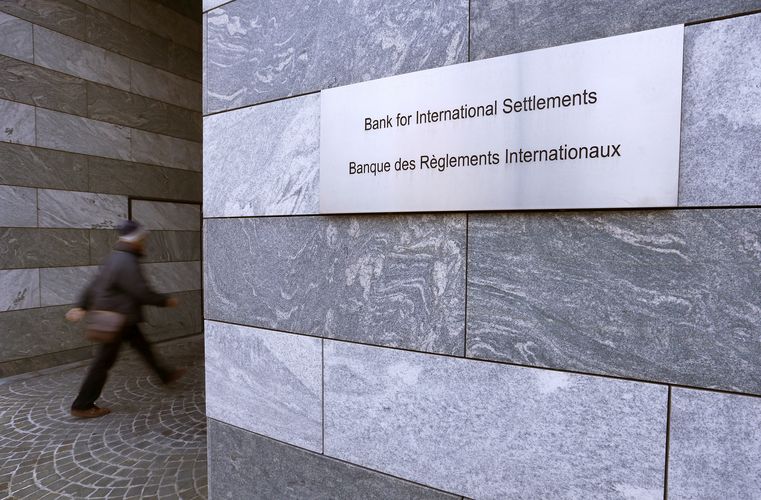Derivatives exchanges have failed to lure business from the over-the-counter swaps market, despite sweeping reforms that have hiked the cost of bilateral exposures, data from the Bank for International settlements show.
Since 2009, average daily turnover in OTC derivatives has increased, while exchange trading has shown no clear trend since a period of rapid growth came to an abrupt halt in 2008. Global foreign exchange and interest rate derivatives trading rose to US$11.3trn per day in April 2016 from US$10.5trn in 2013, with the exchange-traded portion remaining at a steady 46% of total market through that period.
The stagnant nature of exchange-traded derivatives trading comes in spite of efforts by global policymakers to promote trading on exchanges or organised trading platforms. Regulators in the US, Europe and parts of Asia have mandated the vanilla OTC contracts for central counterparty clearing, hiking the cost of bilateral trades for many participants.
“While this might have been expected to lead to more trading on exchanges, the latest data suggest that innovations in OTC markets appear to have made OTC instruments more attractive,” say Robert McCauley and Philip Wooldridge, joint authors of a report in the latest BIS quarterly review.
In addition to the development of swap execution facilities and growth of central counterparty clearing, which have bolstered liquidity and addressed counterparty credit risk concerns, the development of compression services have enabled derivatives counterparties to eliminate economically redundant contracts to reduce gross exposures that would otherwise attract hefty capital charges.
Exchange trading continues to dominate in interest rate derivatives, but the trend towards OTC is clear. Daily notional of US$5.1trn traded on exchanges in April 2016, almost double the amount traded in OTC markets, according to BIS data. The OTC portion has jumped over the last decade to 33% from 20%, however, as trading in short-term rates, which dominates listed activity, declined in response to the low interest rate environment.
“The sustained period of low and stable policy rates in major economies has reduced hedging and positioning activity in short-term rates, especially in euro and yen rates,” said the report authors.
“Even at the long end, market participants appear to be switching from contracts based on government bond yields to ones based on private yields, namely interest rate swaps rates.”
Attempts to create new futures-style contracts that mimic interest rate swap exposures are beginning to gain traction, but have yet to lure activity away from the liquid OTC swap market. The CME’s deliverable interest rate swap futures have open interest of around 66,000 contracts outstanding, while the Eris Exchange’s non-deliverable swap futures in standard maturities have open interest of 122,000 contracts.
The trend towards OTC activity was also evident in emerging markets, where volume has not been damped by a persistent low rate environment. Interest rate contracts denominated in emerging market currencies jumped to US$196bn in April 2016 from US$177bn in 2013 (on constant exchange rates). Over that period, the exchange-traded portion fell from 58% to just 30%.
Brazilian real and Korean won contracts buck the trend with 86% and 50% of interest rate contracts traded on exchange, according to the data.
OTC trading continues to account for the bulk of foreign exchange activity. Daily turnover in OTC FX derivatives stood at US$3.4trn in April 2016, compared with US$100bn on exchanges. BIS notes that OTC contracts remain popular as funding instruments as they do not change FX exposures so can be used to roll over hedges.
“OTC deals better serve customised demands in OTC markets, such as matching cash flows on odd dates or trading currency pairs not involving the US dollar,” note the authors.
Exchanges account for a substantial share of FX derivatives in Brazilian real (38%), Indian rupee (15%) and Russian rouble (11%).
